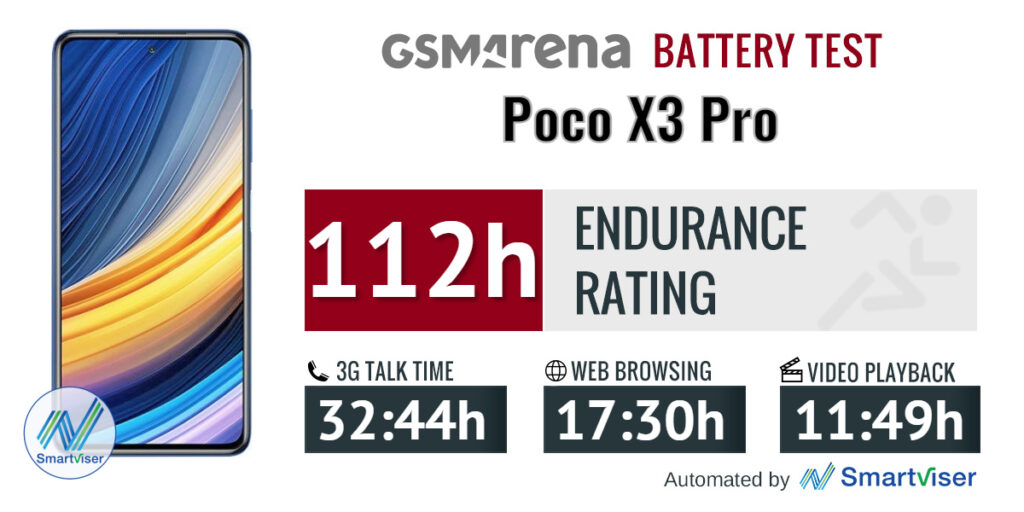How To Build A Fitness Website From Scratch
The fitness industry is a massive market with many different niches. It may be weightlifting, powerlifting, personal training, Crossfit, and other communities. Unfortunately, most online retailers have underserved this group of people, so there's plenty of opportunities for new businesses to take advantage of this untapped market. This article will discuss seven tips that will help you build your fitness website design.
1. Know Your Fitness Website Goals
If you are looking to make money from your website, there is a lot of work to create high-quality content and sell products. On the other hand, if you are not interested in making money from the site but simply want to provide free resources for others who lift weights or power lifts, ensuring that your website is engaging and helpful enough.
2. Figure Out Your Target Market
As you develop your fitness site, people’s biggest mistake is not focusing on their target market. You need to know who you want to serve with this website to create content of interest to them while also ensuring they purchase something.
Here are some tips for identifying your target market:
– Who does this website serve?
– What problem does it solve?
– How many people will it reach (in terms of location, age, income)?
– What is the competition like in this space, and how can you differentiate from them?
3. Get A Domain Name
A domain serves as your website address. Choose a name that is recognizable, memorable, and descriptive of your services.
Another domain service to consider is GoDaddy's, making it easy for you to find the perfect .com address – or any other domain name you might want.
4. Select A Website Building Platform
Once you have your domain name, you'll need to choose a website platform.
Wix is one of the most popular tools and has over 100 million users worldwide, making it perfect for beginners or small businesses on a budget. With its drag-and-drop interface, Wix also makes it easy to upload and manage photos, videos, and files.
If you're looking for something more advanced, WordPress may also offer an extensive list of features that can help grow your business when used correctly.
In the end, choose whatever you think fits your goals best!
5. Customize Your Website
Knowing how to customize your website can make the difference between getting a few conversions and having an online business.
When customising your site, you should know many essential things, such as changing fonts, editing navigation menus, and moving content around with drag-and-drop features. You might also want to add other features, such as social media log-in, newsletter signup boxes, and contact forms. On the other hand, if you're unsure whether the changes will work with your site layout or design, there are plenty of free planning tools that can help you visualize different formats. You may try this before committing to anything.
6. Add Apps To Your Website
Aside from customizing your website, you may want to add apps to your site. Of course, this won't necessarily be appropriate for all areas, however.
If you're a fitness provider and want to offer clients one-on-one coaching services online, it might make sense. Apps let you add features that are only available in the app version of your website—for example, time tracking or video chat software. You can also use other apps to connect your fitness website with other popular services like Google Calendar.
7. Promote Your Website
Congratulations! Now you have an up and running website. So, what?
It would be best if you let people know about it. You can do this in several ways, including advertising on other websites or in magazines and using social media (Twitter, Facebook) to promote your website.
If you're going for an affiliate program, you may also add links to popular products like FitBit trackers or protein powder supplements.
So, there you go! Good luck with your new fitness website!








